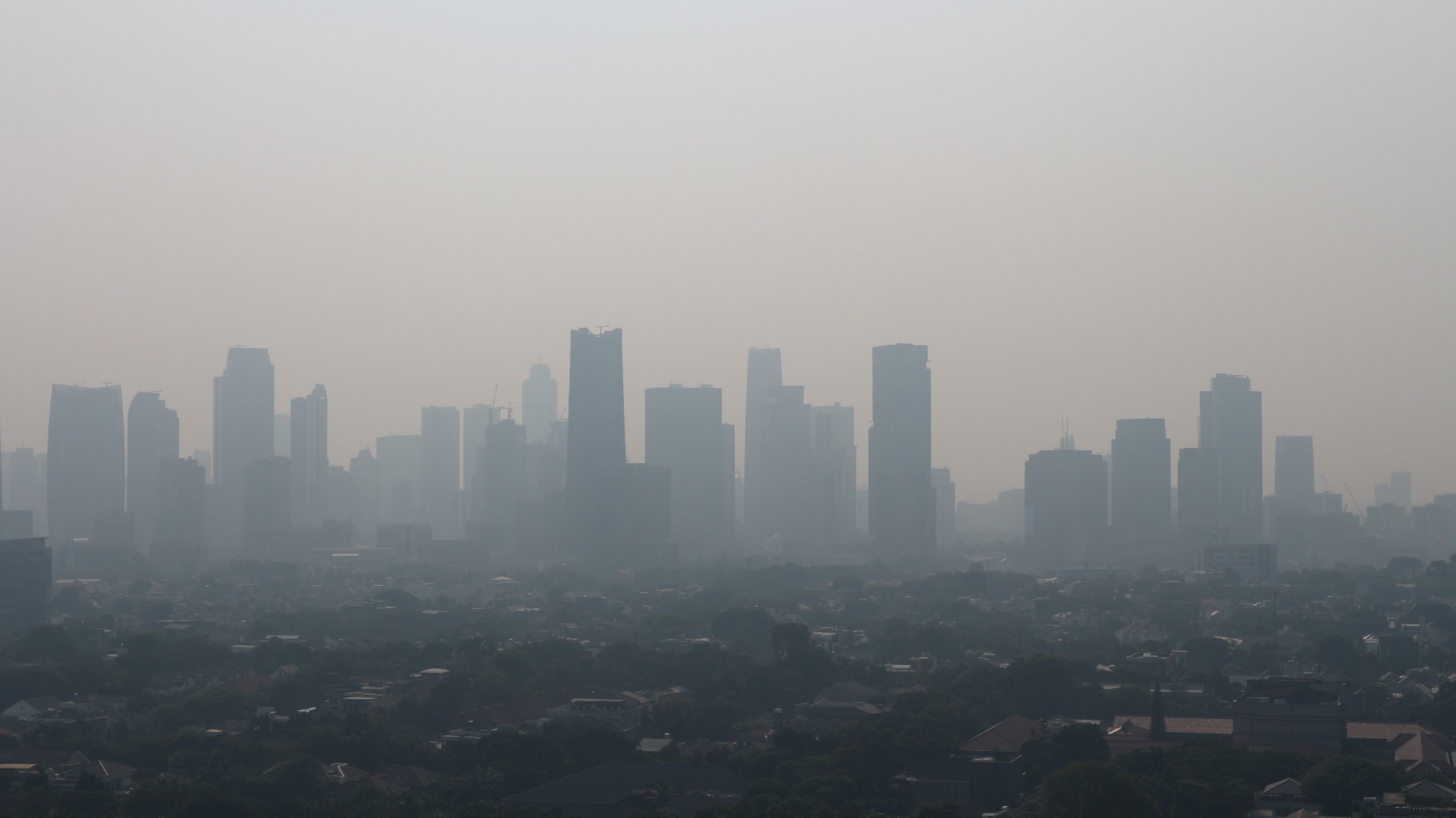In a recent study published in PLoS ONE, researchers developed a novel measure, affective sensitivity to air pollution (ASAP), to assess psychological vulnerability to climate change. They focused on fluctuations in individuals’ emotions caused by their daily exposure to air pollution.
 Study: Affective Sensitivity to Air Pollution (ASAP): Person-specific associations between daily air pollution and affective states. Image Credit: moaarif/Shutterstock.com
Study: Affective Sensitivity to Air Pollution (ASAP): Person-specific associations between daily air pollution and affective states. Image Credit: moaarif/Shutterstock.com
Background
Air pollution can interrupt daily living, increasing the likelihood of mental health problems such as anxiety and depression. Climate change exposes more people to air pollution, altering emotions and resulting in fewer adaptive activities. Individual sensitivity to climate risks is a primary factor in their susceptibility to climate change.
The Intergovernmental Panel on Climate Change (IPCC) has redefined climate vulnerability concerning sensitivity and adaptation capability to climate change.
Examining fluctuations in individual emotions in response to variations in air pollution can give fresh insight into the short-term consequences of air pollution on well-being.
Furthermore, affect is susceptible to daily fluctuations in air pollution, as air pollution impairs affect-driven health behaviors, including physical exercise and good sleep.
About the study
In the present study, researchers developed the ASAP intra-individual variability construct to investigate the influence of daily air pollution levels on daily affective state variations, considering individual heterogeneity in sensitivity to air pollution.
The researchers evaluated ASAP using intra-individual covariates of daily air pollution, as defined by the US Air Quality Index (AQI), and daily affect ratings.
Every day, participants reported the strength of feeling 20 emotions to determine their daily affective states, which included arousal and valence. Arousal refers to the physiological activity involved in an affective state, whereas daily affect valence indicates whether an affective state is positive or negative.
High arousal-type positive emotions included attentiveness, happiness, enthusiasm, excitement, and pride. Embarrassment, anxiety, stress, tenseness, and upsetness were the five most arousing unpleasant feelings.
The five low-arousal positive feelings were calm, contentment, serenity, relaxation, and satisfaction. The five negative feelings with low arousal levels were boredom, despair, disappointment, melancholy, and sluggishness.
Researchers applied Bayesian models to analyze extensive longitudinal data on daily affect acquired from experience sampling studies (150 people) over a year to quantify susceptibility to climate change. They investigated intraindividual variability in air pollution and its impact on arousal in three individuals with varying ASAP levels recruited between April 23 and April 18, 2011.
Between May 2010 and July 2011, participants completed telephonic and online surveys on their lifestyles across three three-week intervals spaced 4.5 months apart.
Researchers acquired data on the daily emotional states of individuals from the Intraindividual Research of Affect, Health, and Interpersonal Behavior (iSAHIB) research, which included formally educated and primarily employed individuals aged 18 to 89 who lived in central Pennsylvania, United States. They collected air pollution information from the United States Environmental Protection Agency (EPA).
Results
Researchers analyzed 8,541 daily reports of affect, 97% of which (n=8,250) could be linked to daily air pollution data.
AQI was available for 97% of the reports obtained from iSAHIB. Individuals with higher ASAP experience more fluctuations in their affective states by daily air pollution changes than individuals with lower ASAP.
Higher levels of AQI are associated with lower levels of arousal. The archetypal individual’s affect arousal was lower on days with increasing air pollution. For example, each unit increase in air pollution decreased the archetypal individual’s arousal levels by 0.01.
The team noted significant disparities in the intra-individual sensitivity of affect arousal and valence to daily fluctuations in air pollution. Individuals with a higher total exposure to air pollution had a slightly less pronounced ASAP.
The data indicate that in the long run, people become sensitive to increases in air pollution via sensitization or habituation processes, so variations in total exposure reduce the level of ASAP.
The large inter-individual variability in the ASAP measure for affect valence and arousal implies that repeated assessments of people’s daily emotional states provide a novel tool to quantify climate change sensitivity.
Conclusions
Based on the study findings, ASAP is a novel intra-individual variability construct that describes fluctuations in an individual’s emotional state in response to daily fluctuations in air pollution.
ASAP measures can improve emotional and psychological health integration into climate adaptation schemes, policies, strategies, and initiatives.
ASAP can inform vulnerability assessments and enable tailored treatments to mitigate the impacts of air pollution exposure.
The threshold for air pollution warnings and preventative actions can be based on ASAP, which can assist in understanding the processes behind the long-term risk of adverse mental health effects such as anxiety and depression.
Future ASAP research should include other study sites, detailed air pollution measures, larger sample sizes, and preventative action data. The tool may assess climate change sensitivity to disasters like floods or droughts to provide a more thorough picture.









